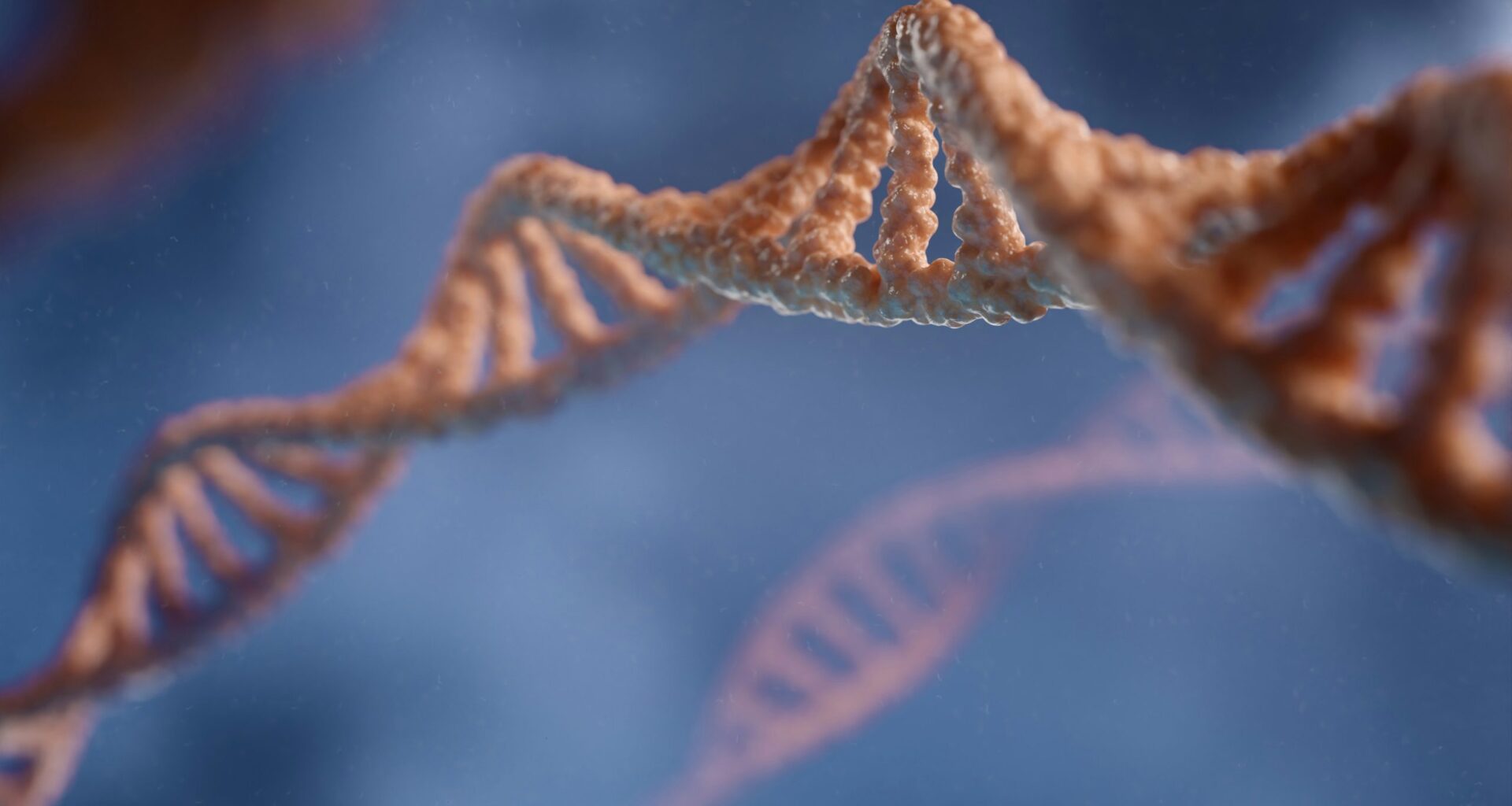“Science without conscience is but the ruin of the soul.” – François Rabelais
From the nucleus of each human cell lies the code that defines us: DNA—the building blocks of life. Within it rests our history, our vulnerabilities, and our potential. Since the race for genetic sequencing began in 1998, when scientist Craig Venter founded Celera Genomics to challenge the publicly funded Human Genome Project (HGP), humanity has been propelled into a new era. This scientific endeavor, officially launched in October 1990 and completed in 2003 at a cost of over $2.7 billion, mapped and sequenced all 20,000 to 25,000 human genes, unlocking the book of life.
Tony Blair, then Prime Minister of Britain, called it “the first great technological triumph of the 21st century”—and rightly so. Twenty-five years later, its impact continues to unfold, influencing medicine, agriculture, biotechnology, and how we understand ourselves. Once taking years and millions to sequence a single genome, today, with breakthroughs like those from the Wellcome Sanger Institute, it can be done in minutes for just a few hundred dollars. But as with every great leap forward, the possibilities carry both promise and peril.
From Survival to Superiority: A Historical Lens on Eugenics
The idea of selecting or engineering human traits is not new. In the early 20th century, eugenics movements—often rooted in racism and pseudoscience—swept across Europe and the United States. These ideologies were used to justify forced sterilizations, discriminatory immigration policies, and, most notoriously, the racial purification programs of Nazi Germany.
Today’s gene-editing technologies like CRISPR-Cas9 raise chilling parallels. Are we headed toward a future where only the “genetically fit” are allowed to thrive? Or are we unlocking tools to eliminate suffering, prevent disease, and ensure the survival of humanity?
Prospects and Hopes for Humanity
The potential of genetic engineering is staggering. Curing Rare and Inherited Diseases: Disorders like cystic fibrosis, Huntington’s disease, and even Sickle Cell Anemia—prevalent in African populations—are now being targeted at the genetic level.
Understanding Disease Better: Genetic sequencing helps trace the evolution of viruses and bacteria, allowing faster vaccine development, such as with COVID-19.
Improving Mental Health: Research into genetic markers of depression, schizophrenia, and addiction could lead to personalized treatment and prevention strategies.
GMO Food and Livestock: Modified crops and animals have been engineered for resistance to disease, increased yield, and better nutrition, improving food security globally. These are not small victories. They represent humanity’s effort to overcome suffering and the limitations imposed by nature.
Challenges, Concerns, and Unanswered Questions
Despite the triumphs, significant questions remain: Who Benefits? The original Human Genome Project failed to fully include the diversity of the global human population, especially from Africa, Latin America, and the Arab world. Can a genetic blueprint that excludes ancestral genetic material truly represents humanity?
Ethical Gray Zones: In 2018, Chinese scientist He Jiankui shocked the world by announcing the birth of gene-edited twins, Lulu and Nana. Despite punishment, his work marked a dangerous line-crossing into human germline editing—genetic changes that can be passed to future generations. Was this the beginning of a new frontier or a cautionary tale?
Designer Babies? With technology advancing rapidly, parents may soon select their children’s traits—height, intelligence, appearance. This raises questions about identity, autonomy, and whether we are replacing nature with preference.
Weaponization of Genetics: Could genetic tools be used for geopolitical dominance or biological warfare? Could certain “desirable” races be preserved for colonization of Mars, while others are left behind on a dying Earth?
Spiritual and Moral Implications: Many religions believe life begins at conception and that altering it is a violation of divine order. Does engineering genes infringe on the sacred role of nature—or God? Or is it part of our evolution as stewards of creation?
Ethical and Moral Crossroads: IVF, Genetic Engineering, and Modern Eugenics
Consider these real-world moral dilemmas. IVF and Embryo Screening: Is it ethical to discard embryos with “undesirable” traits? Does this pave the way to eugenics by selection?
Editing the “Violence Genes”? Should we eliminate genes like MAOA and CDH13 associated with aggression and violence? Can crime be reduced by altering genetic code—or does that remove free will?
Mental Health vs Personality: Should genetic engineering be used to eliminate depression? Where do we draw the line between treatment and altering personality? History warns us that without safeguards, eugenics can become a tool for oppression. But, with proper ethical frameworks, it can also become a tool for healing.
A Future of Hope or Hubris?
We are standing at the edge of a new biological frontier. The same tools that allow us to heal and extend life can be used to harm and exclude. The same knowledge that helps us understand our genetic past could be misused to dictate our genetic future. The Human Genome Project showed us what international collaboration can achieve. The next chapter must include all of humanity—scientifically, ethically, and spiritually.
Navigating the Moral Terrain
The power of genetic engineering is not inherently good or evil. It is a mirror—reflecting our values, our intentions, and our hopes for the future. If guided by ethics, inclusivity, and compassion, it could become one of humanity’s greatest tools for survival, resilience, and peace.
But, if driven by fear, greed, or prejudice, it risks becoming the new face of modern eugenics—a dangerous echo of the past cloaked in the technology of the future. As we edit our genes, we must also edit our conscience. In the end, the question is not whether we can reshape humanity—but whether we should and how we ensure that all of humanity benefits from the answers we choose.
